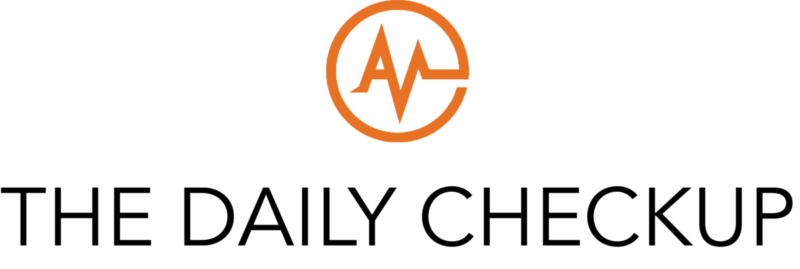Diversity and inclusivity stop on the paths towards creating a world with greater equality are two things AMOpportunities works to introduce in United States medicine. Here at AMO, we believe that foreign medical graduates have the potential to be great contributors in the future of national medicine, helping to fill gaps in undeserved specialties, locations, and communities. To more clearly articulate this goal, we would like to define diversity and inclusion by sharing an overview of the 2018 Olga M. Jonasson Lecture on exactly this topic. The lecture, which was given by Joan Reede a Harvard Medical school dean, has been given annually for the past eleven years to honor the woman who held its name. Olga M. Jonasson was the first female Chair of U.S surgery. Normally the lecture serves a platform to share the importance of female leadership in the medical world, however this year instead of focusing on gender equality solely, it includes a range of categories.
Defining Diversity
Dr. Reede begins her lecture by creating a working definition of diversity as she sees it. Diversity is primarily thought of as gender, race, and ethnicity however, it can encompass age, diverse training, spoken languages, and social connectivity among others. Although many medical boards and organizations have a set view of desired diversity, the representation found in these institutions is often missing someone. According to Reede, individuals feel more comfortable around people who are most similar to them. She believes that having more diverse representation is not enough. There must be represented in numbers equivalent to the population of the united states which is becoming more and more diverse. Additionally, Reed feels that this lack of diversity can be seen in positions with greater authority.
The Importance of Representation
The reason this topic is worthy of such attention lies in its ability to shift our viewpoints. Diversity gives us other sets of eyes with which to see the world. With these eyes, we can view our own values and situations in a manner that may be useful. This consideration of diversity is the same one that should be thought on when the word is used to describe future planning. It should be based on mentality rather than on image alone. Reede points out that as unique individuals each one of us represents varying aspects of diversity and that is another reason why image alone cannot be the only basis for inclusion.
Modern Oppression
Although improvement in diversity has been made, there is still room for growth. Perfection has not been reached in this area, and may never be. That does not mean, however, that it is hopeless. To continue working towards inclusion and diversity it is important to examine our daily lives and have an open dialogue with those who have identities different than our own. Today oppression is present through microaggressions, inadequate representation, hyper inclusive, tokenism, isolation, and threats. All these and more are covered by Reede, who is actively working to make improvements at Harvard.
Making Adjustments
The keys to improving Diversity and creating increased inclusivity lies in educating younger generations. Reede feels that issues which have materialized over centuries cannot be smoothed over in a decade. Finding creative solutions, carefully considering inclusion, and communicating with diverse individuals are a couple of the ways Reede believes improvements can be made. The improvements are being actively put into motion by AMO through efforts to think carefully about the future of national medicine and how its issues can be creatively helped through the assimilation of foreign medical graduates into rotations position here in the United States.
To read more about Dr. Reede and her lecture at the Clinical Congress click here.
Interested in adding to the diversity of the U.S. healthcare system? AMO provides clinical rotations to international medical students and graduates. Apply for an AMO rotation today!







Leave A Comment